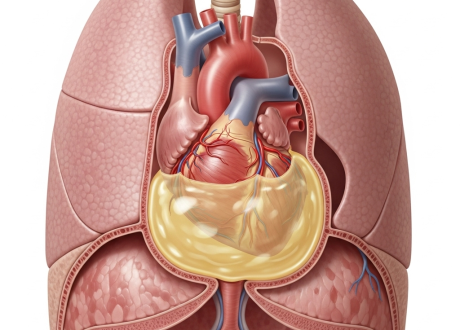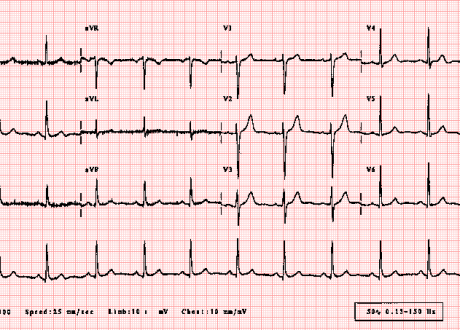 Ryuichiro Yagi, MD, MPH1,2; Yuichiro Mori, MD, MPH3; Shinichi Goto, MD, PhD1,4; et alTaku Iwami, MD, PhD5; Kosuke Inoue, MD, PhD6,7
Ryuichiro Yagi, MD, MPH1,2; Yuichiro Mori, MD, MPH3; Shinichi Goto, MD, PhD1,4; et alTaku Iwami, MD, PhD5; Kosuke Inoue, MD, PhD6,7Findings In this nationwide cohort study of more than 3.5 million working-age Japanese adults enrolled in the nationwide annual health check program, baseline ECG findings were associated with the risk of cardiovascular events. Furthermore, the presence and the number of baseline minor ECG abnormalities were associated with developing new major ECG abnormalities.
Meaning The results of this study suggest that routine ECG screening may help identify individuals at high risk of developing cardiovascular events.
Importance The resting electrocardiogram (ECG) is commonly performed for cardiovascular disease (CVD) screening purposes in Japan. However, evidence is limited regarding the prognostic significance of ECG in clinical practice settings.
Objective To investigate the association between ECG abnormalities and CVD outcomes in a working-age population.
Design, Setting, and Participants This nationwide cohort study included individuals aged 35 to 65 years from the Japan Health Insurance Association database, which covers approximately 40% (30 million) of the working-age population in Japan. Data from April 1, 2015, to March 31, 2022, were included, and analysis was conducted from October 1, 2022, to April 11, 2024.
Exposures Baseline ECG status (normal, 1 minor abnormality, ≥2 minor abnormalities, or major abnormality).
Main Outcomes and Measures The primary outcome was a composite of overall death and CVD hospital admission due to myocardial infarction, stroke, or heart failure. The secondary outcome was developing a new major ECG abnormality over the years of screening.
Results Of 3 698 429 individuals enrolled in the nationwide annual health check program (mean [SD] age, 47.1 [8.5] years; 66.6% male), 623 073 (16.8%) had 1 minor ECG abnormality, 144 535 (3.9%) had 2 or more minor ECG abnormalities, and 56 921 (1.5%) had a major ECG abnormality. During a median follow-up of 5.5 (IQR, 3.4-5.7) years, baseline ECG abnormality was independently associated with an increased incidence of the composite end points of overall death and CVD admission compared with normal ECG (incidence rates per 10 000 person-years: 92.7 [95% CI, 92.2-93.2] for normal ECG, 128.5 [95% CI, 127.2-129.9] for 1 minor ECG abnormality, 159.7 [95% CI, 156.6-162.9] for ≥2 minor ECG abnormalities, and 266.3 [95% CI, 259.9-272.3] for a major ECG abnormality; adjusted hazard ratios: 1.19 [95% CI, 1.18-1.20] for 1 minor ECG abnormality, 1.37 [95% CI, 1.34-1.39] for ≥2 minor ECG abnormalities, and 1.96 [95% CI, 1.92-2.02] for a major ECG abnormality). Furthermore, the presence and number of minor ECG abnormalities were associated with an increased incidence of developing new major ECG abnormalities (incidence rates per 10 000 person-years: 85.1 [95% CI, 84.5-85.5] for normal ECG, 217.2 [95% CI, 215.5-219.0] for 1 minor ECG abnormality, and 306.4 [95% CI, 302.1-310.7] for ≥2 minor ECG abnormalities; and adjusted hazard ratios: 2.52 [95% CI, 2.49-2.55] for 1 minor ECG abnormality and 3.61 [95% CI, 3.55-3.67] for ≥2 minor ECG abnormalities). Associations were noted regardless of baseline CVD risk.
Conclusions and Relevance The findings of this study suggest that the potential role of routine ECG screening for early prevention of CVD events, along with the optimal follow-up strategy, should be examined in future studies.









